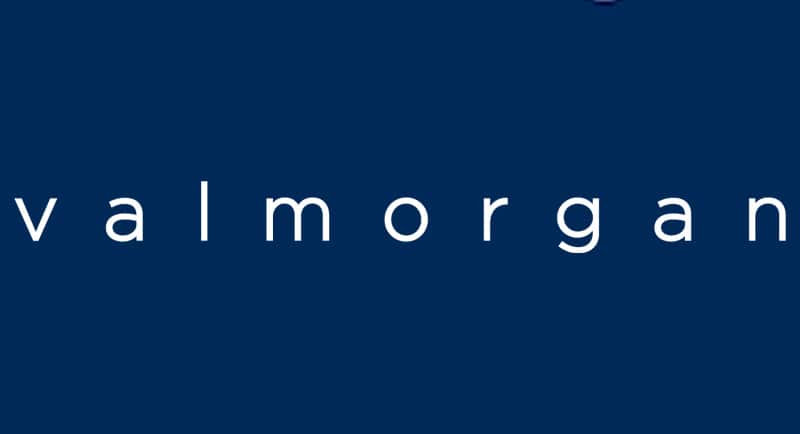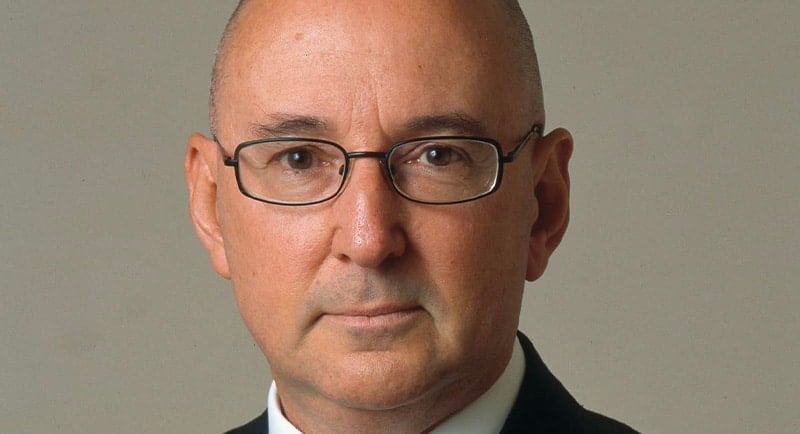Earlier this month, Val Morgan announced the integration of NEOs as a planning segment within cinema audience measurement platform CineTAM Live.
Social scientist Dr Ross Honeywill developed the NEO (New Economic Order) consumer typology as a way of classifying premium, high-spending consumers. Within Australia alone, there are 5 million NEOs.
Since its development in the early 2000s, the NEO consumer mindset – and its opposite, the Traditionals – has become a common value-creation asset to national and global brands.
Mediaweek sat down with Dr Honeywill to find out what makes NEOs tick, and the benefits of targeting them.
According to Honeywill, the consumer economy is cleanly split into two groups – NEOs and Traditionals – and there is one group that stands out as the driving economic force.
“The 5 million Australians with a NEO mindset are really driving the fast lane of the two-speed consumer economy, the slow lane is chugging along with 10.5 million Australians with the Traditional mindset – which is all about price, deals, features, functions, and status.
“The Traditional mindset Australians spend less, but they don’t necessarily earn less or have less. There are millions of them that are affluent or have high net worth, they just don’t like spending. They might have big fat wallets, but what they’d like to do is sit on them, not open them.”
The new NEO segment within CineTAM Live gives brands the ability to reach high-spending cinemagoers, as well as the ability to fine-tune campaigns aimed at NEO audiences.
For brands looking to take advantage of the offering, Honeywill said that there is one important thing to remember above all else.
“The crucial thing is not to treat NEO as a target. The minute that agencies or clients are forcing an activation to be at the bottom of the funnel, it’s really the wrong place to start with – the place to start with NEOs is further up.
“NEOs, at pure programmatic activation come out as good, if not better than, DV360 premium targeting. But it’s not the real advantage they can get by moving up the funnel, and having everything from the brand proposition through the customer journey right. If they can actually do that, and align their brand as a new brand with the NEO mindset, the activation goes through the roof. The difference is huge.”
It’s not bad news for the Traditionals of the world, as Honeywill said that he is “interested in the two mindsets equally.”
“Because I’m a NEO, I tend to talk about the NEOs – but so many of our clients absolutely need Traditionals. They don’t need a lot of help with Traditionals, because they get that mindset.
“What we know about Traditionals can bring an evidence base to do things better. A tweaking can actually give them a higher margin, even out of the Traditionals.”

With the new generation of consumers making their mark on the economy, Honeywill said that Gen Z does have more NEOs, however “you have to be a certain age to earn enough, to spend enough.” Also, unlike other factors, Honeywill said that whether someone is a NEO or Traditional will not change as people age.
“NEOs are always going to skew younger. It’s not like a generation where that moves over time, they’re always going to skew younger and Traditionals are always going to skew older. It’s just the nature of the algorithm.
“If you’re a NEO now, you’ll be a NEO when you die.”
When it comes to targeting NEOs in cinema advertising, Honeywill said that he has one overarching message in regard to the power of the platform.
“The power of cinema is that people are so much more likely to be going to cinemas and noticing commercials that touch their spirit. That’s the crucial thing. Not just any commercial, but a commercial in which the value proposition, the content, and the message motivates them, creates consumption arousal in them, and touches their spirit.
“Cinema has always been a sleeper channel for NEOs, and Val Morgan, to their credit, has recognised that and is taking these initiatives. I think it’s really wonderful to see.”
